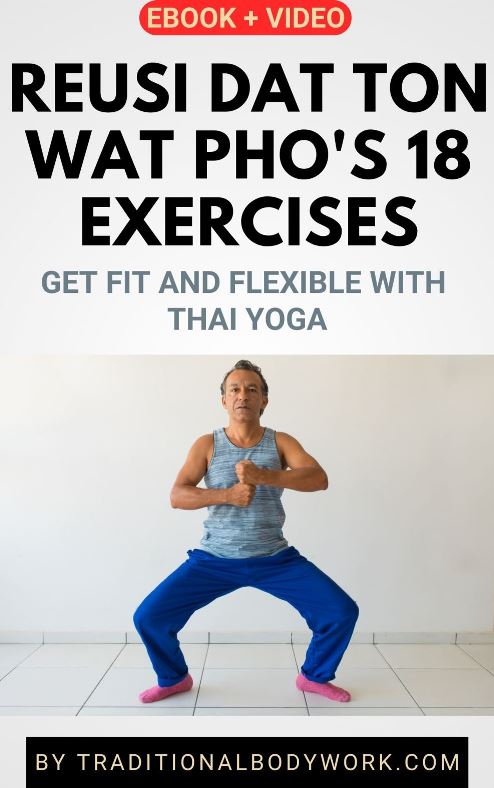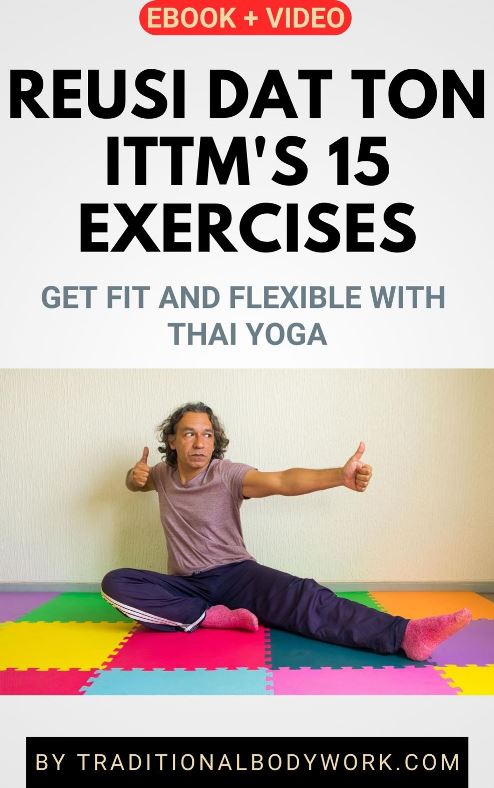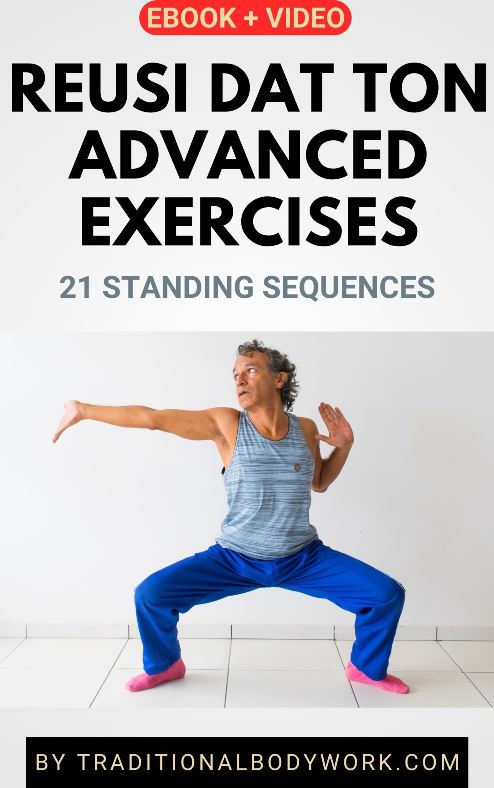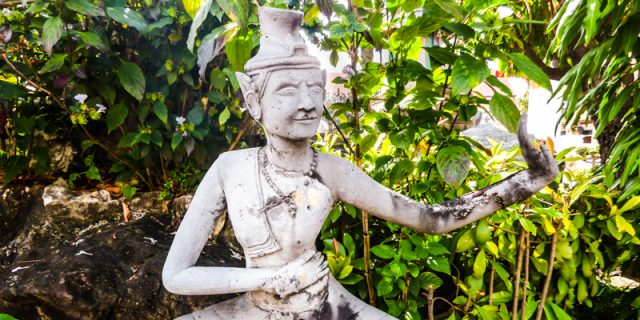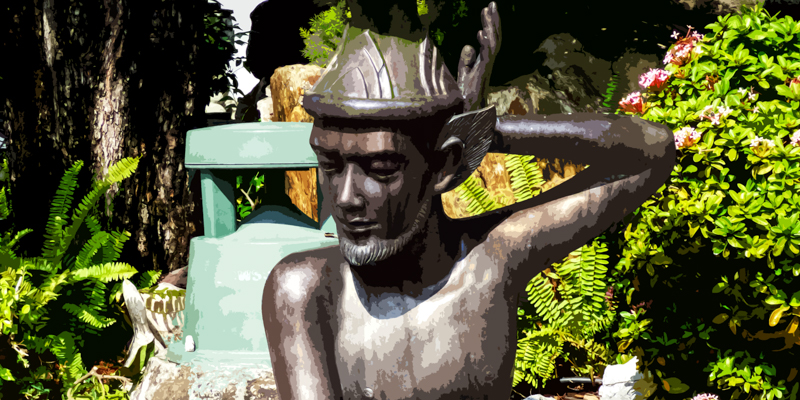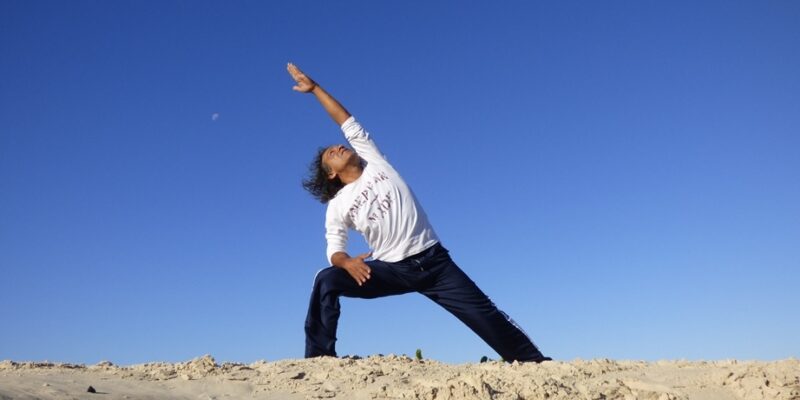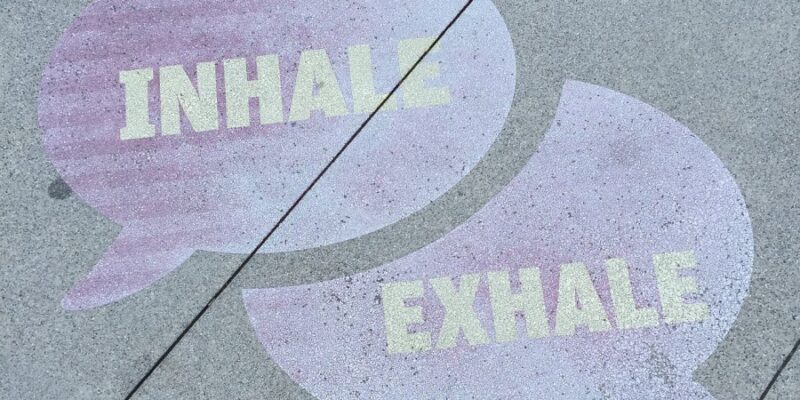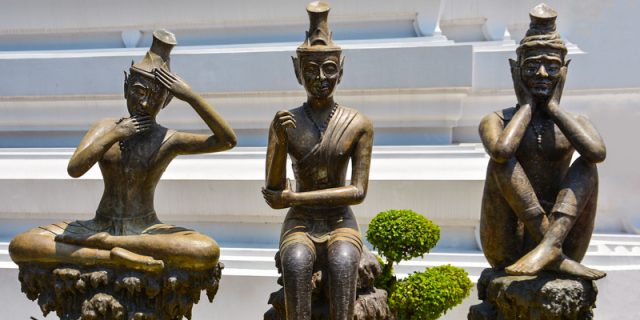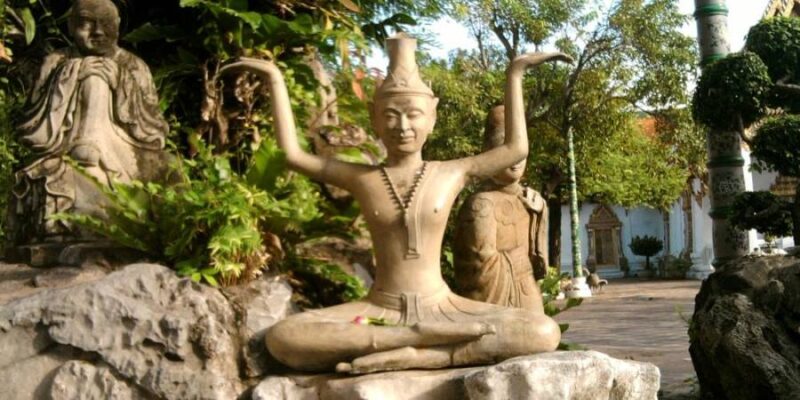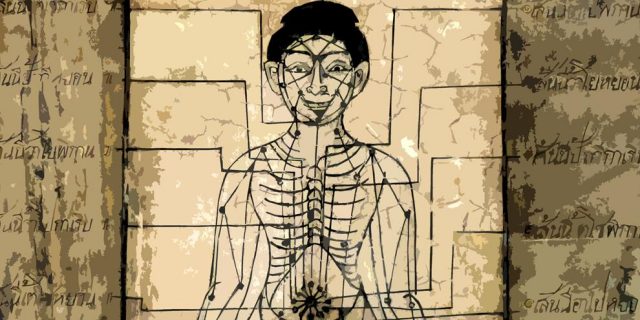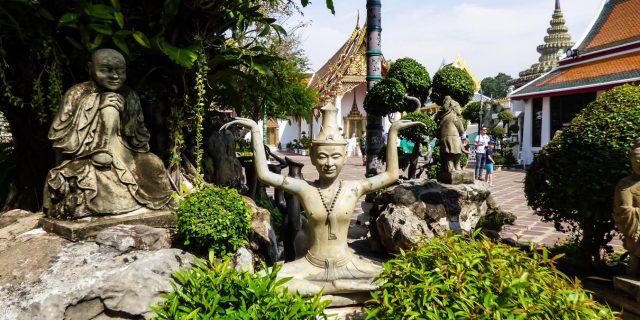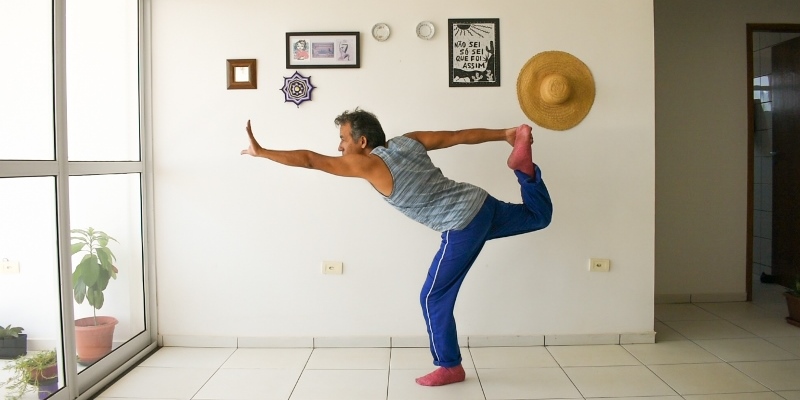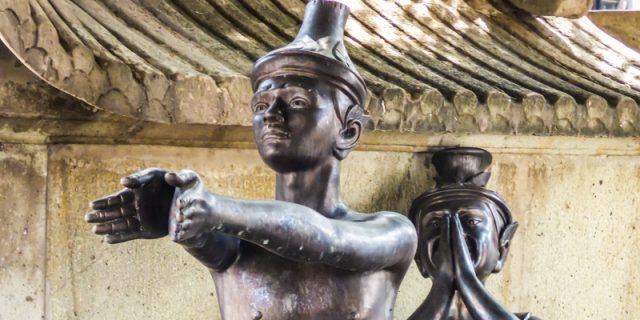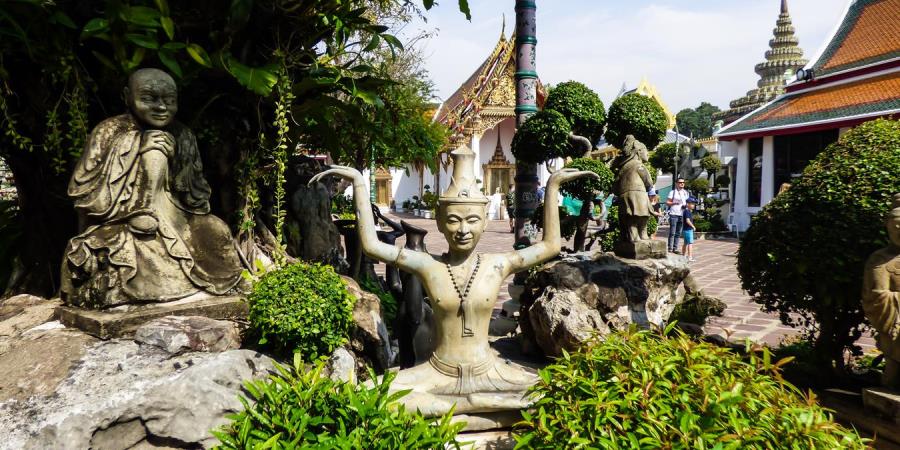
Traditional Thai Yoga — in Thailand called Reusi Dat Ton or Ruesi Datton — is an ancient form of Thai Bodywork, and part of Traditional Thai Medicine. The work consists of breathing exercises, self-massage, self-stretches, visualizations, chants, meditation and a variety of poses and sequences which are performed in standing, sitting, or lying positions.
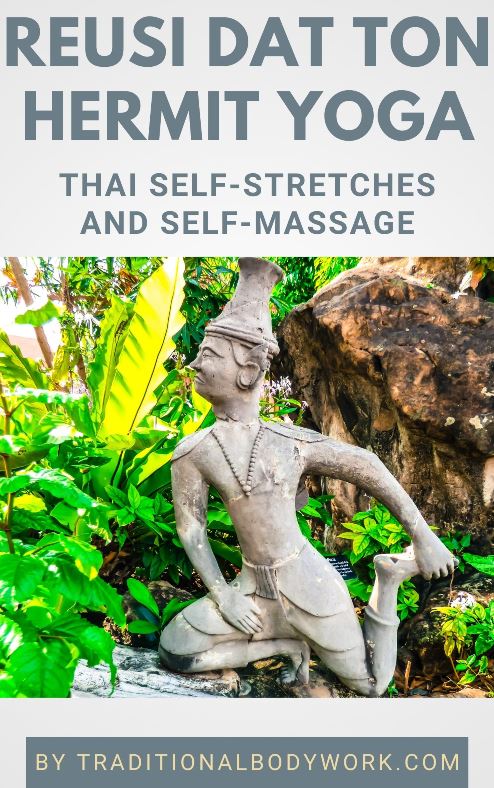
Reu-Si Datton, like Traditional Thai Massage, is based on the Thai concept of Sip Sen Energy Channels that distribute Vital Life Force Energy through the body, and is by some considered to be the foundation of Traditional Thai Massage.
It’s believed that through regular practice of Rue-Si Datton one can stimulate and balance the free flow of Vital Energy in oneself, hence ensuring a healthier body and mind.
Additionally, specific benefits can be attributed to doing Rue-Si Datton: stimulating, improving and regulating the blood circulation system, supporting the lymphatic system and detoxification, stimulating the immune system and balancing energy levels, decreasing physical and mental stress and tensions, improving flexibility and equilibrium, improving muscle strength and toning, improving mobility and range of motion, and inducing postural corrections, to name important benefits.
There are also targeted therapeutic benefits as a result of using certain exercises that focus on chest, arm, hand, wrist, knee, leg or foot pains and problems, back, shoulder and neck pains, headaches, digestion problems, blurred vision, dizziness, cramps, numbness, hemorrhoids, pelvic issues, genital issues, coordination and balance problems, among others.
Mind that Rue-Si Datton is a quite unknown aspect of Traditional Thai culture, yet much that counts for the history of Traditional Thai Massage can also be applied to Reu-Si Datton. Furthermore, it clearly uses some of the same techniques which can be found in Indian and Tibetan Yoga.
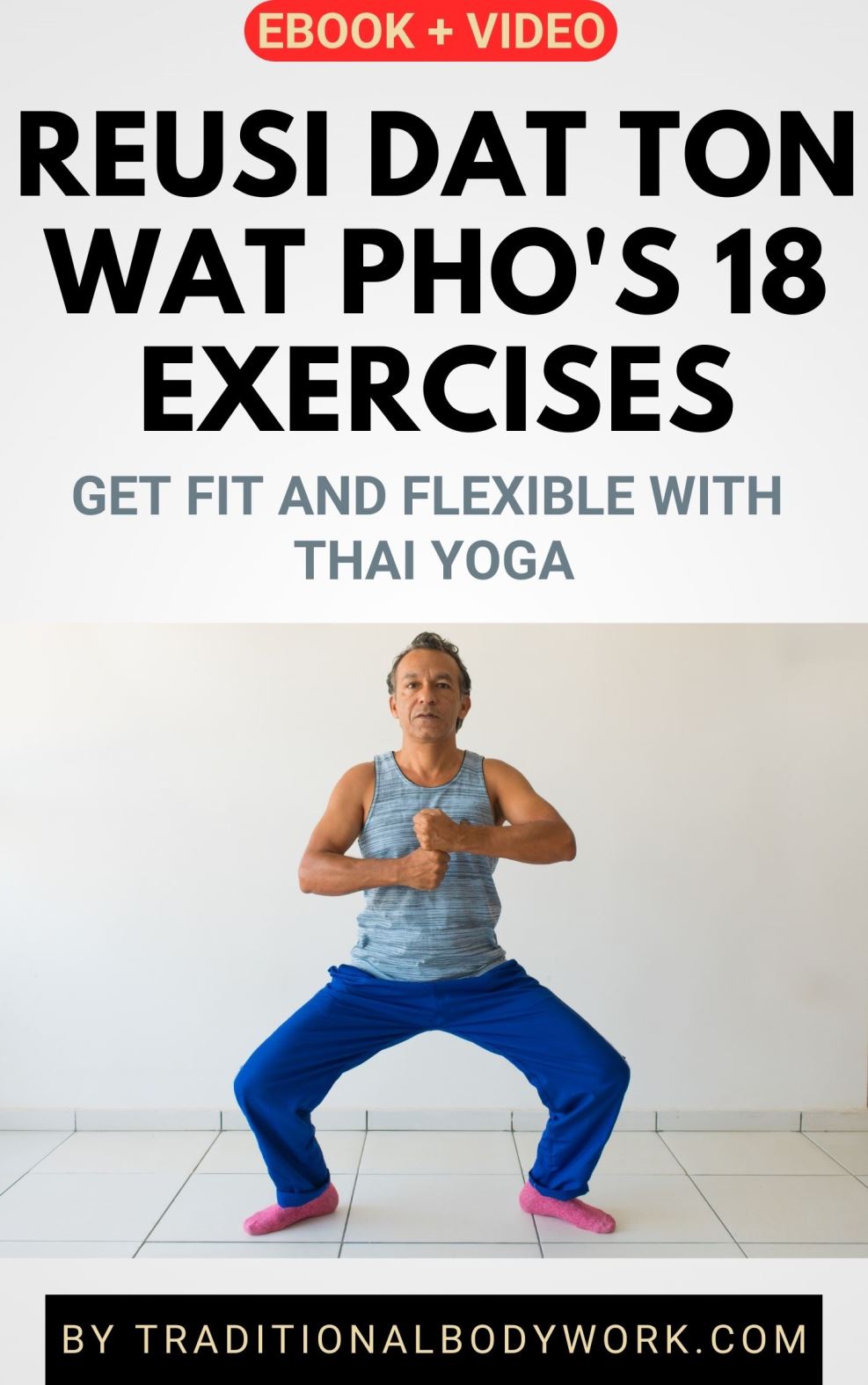
Proof of its ancient history is to be found in the depictions of Rue-Si Datton techniques which can be seen in historic artwork and temples at various locations in Thailand. Famous are the statues in the garden of the Wat Po temple in Bangkok where one can find sculptures of Yogis (Ruesis) showing a variety of Rue-Si Datton poses.
“Rue-Si” in Thai, comes from the Indian word “Rishi” and means Ascetic or Hermit. The “Dat” word means to stretch, and “Ton” refers to oneself. “Rue-Si Dat Ton” then means something like “the hermit who stretches himself.”
It seems plausible that Rue-Si Datton shares a common source with Tibetan and Indian Yoga, entering Southeast Asia with the spreading of Buddhism. It’s said that Traditional Thai Massage itself may originate from Rue-Si Datton where Thai Massage is then considered the “applied form” of the various Yogic and stretching techniques.
A Reu-Si Datton session can be done virtually everywhere, with or without a (Yoga) mat, and typically takes about thirty to forty-five minutes. It can consist of rather basic stretches, suitable for almost anyone, or of very advanced exercises which could take years to perform correctly.


